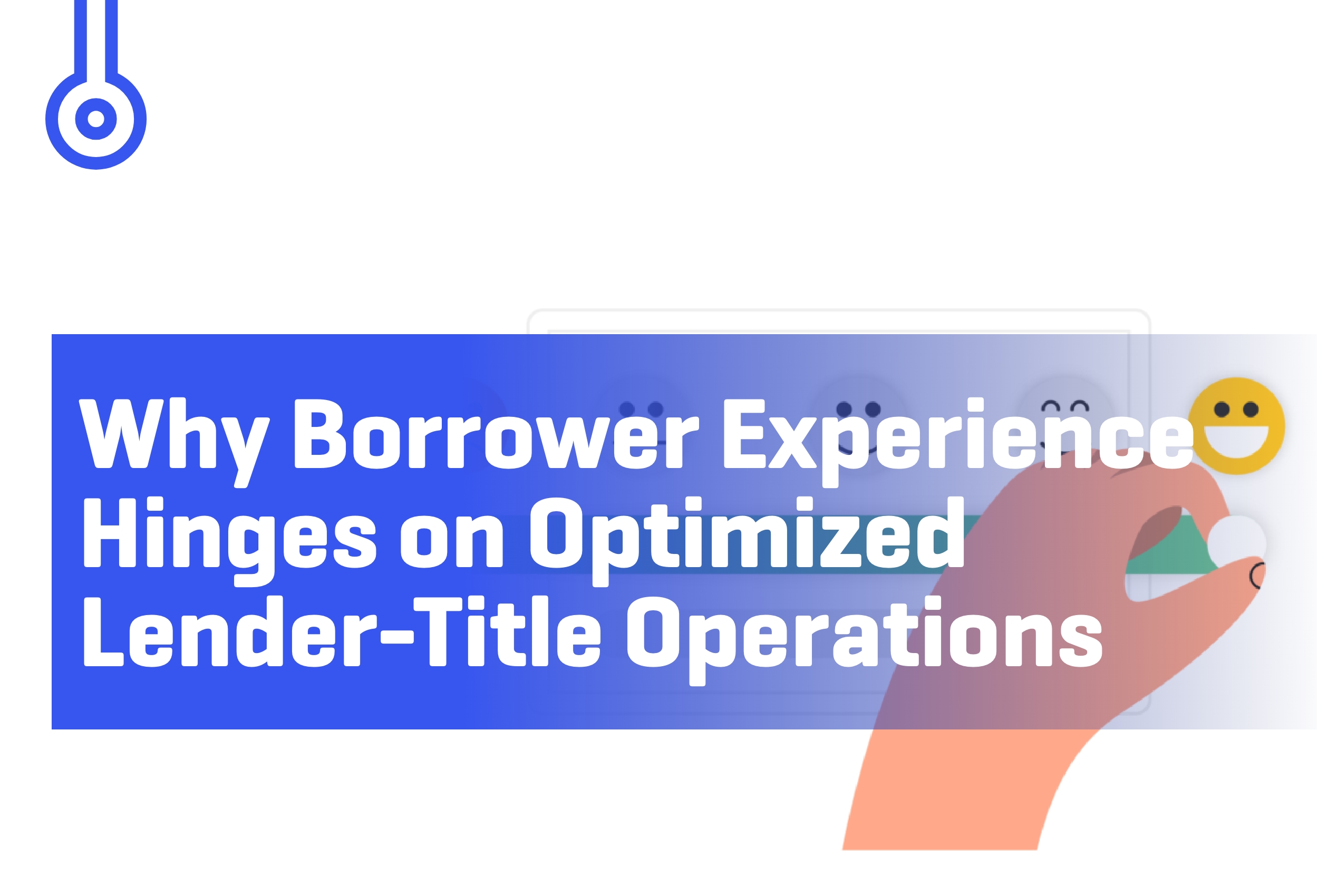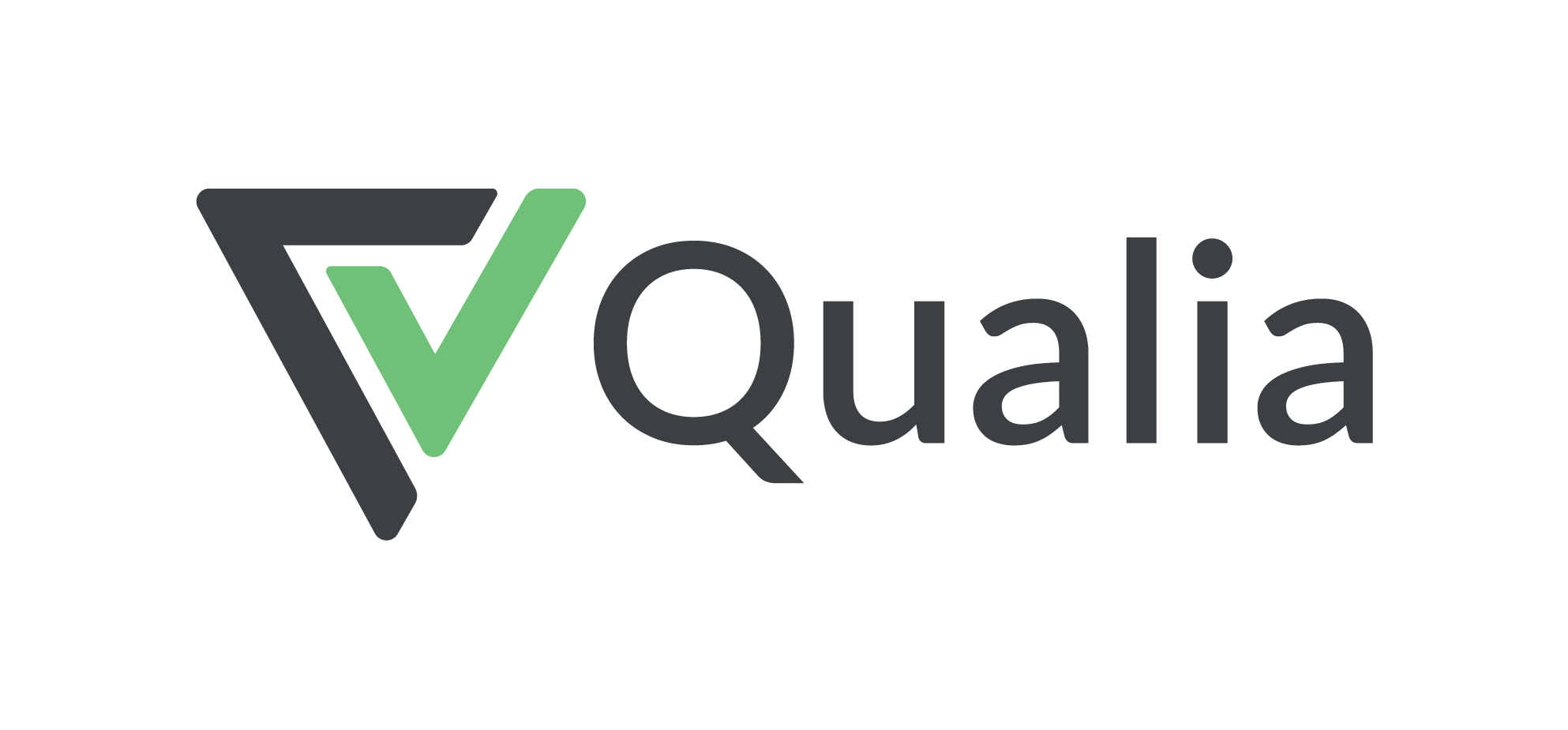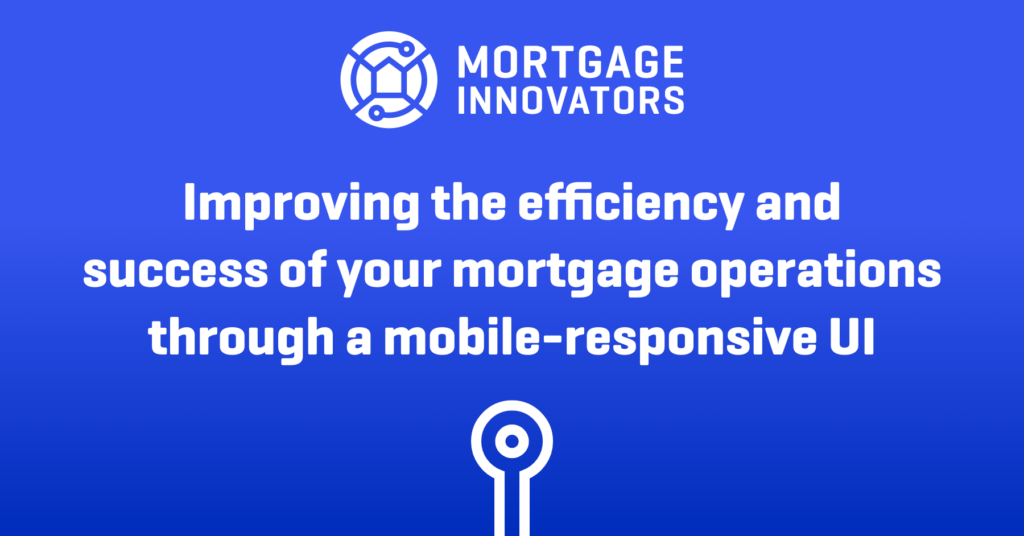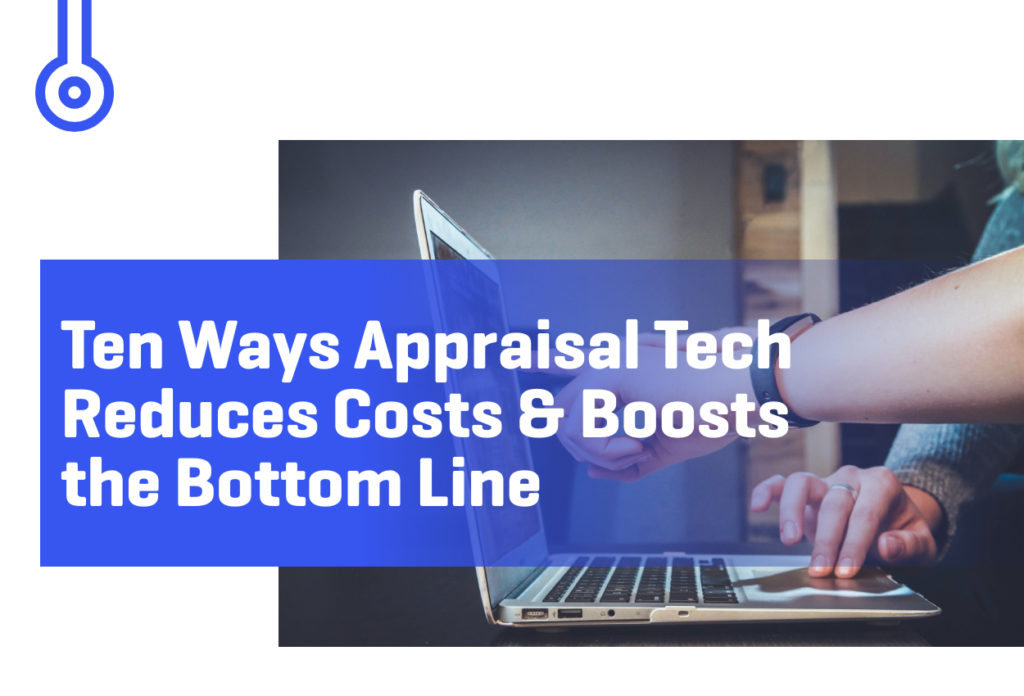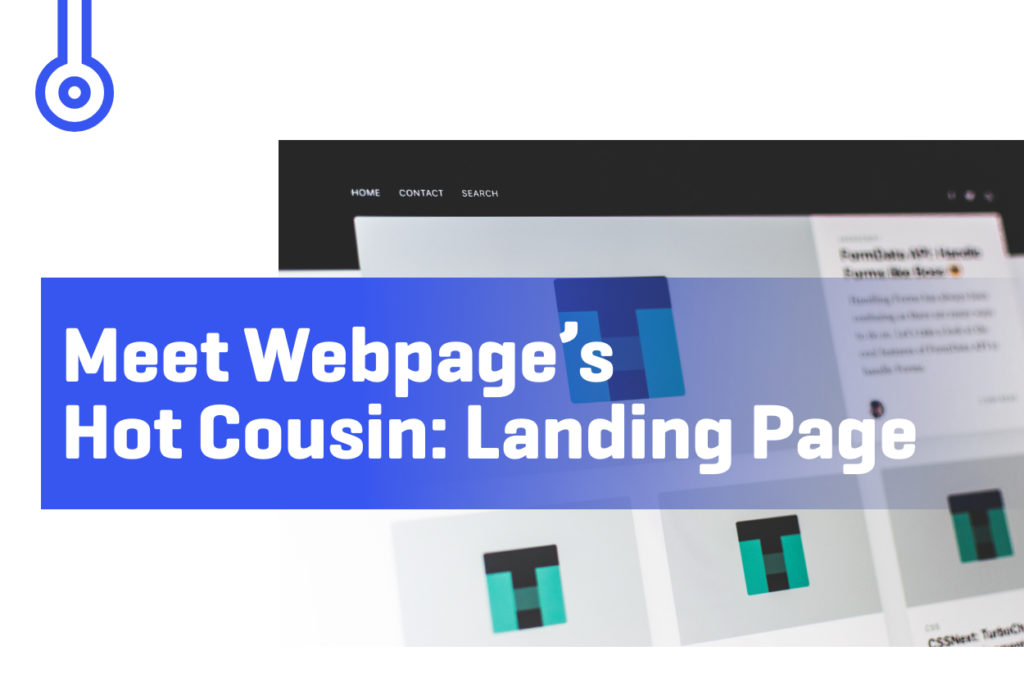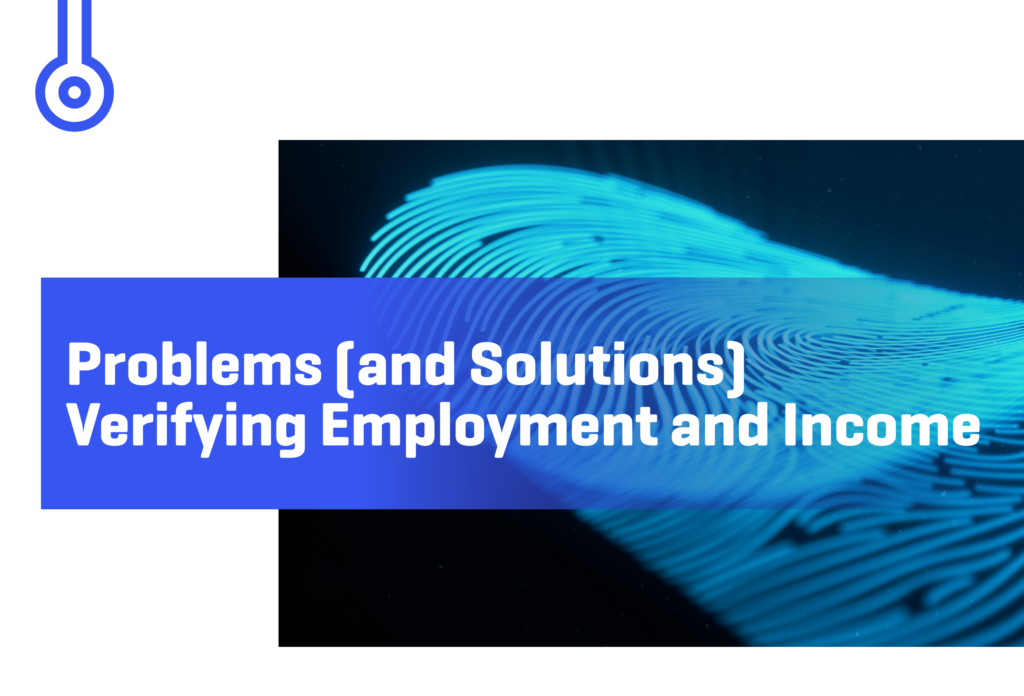This post originally appeared on Qualia
It’s no secret that processing and closing mortgage loans require tight coordination between a number of partners—notably, mortgage lenders and title companies. At the MBA Great River Conference, Qualia’s Lender Sales Team Lead, Ty Cieloha, discussed why technology that’s intuitive to use and layered into the core workflow systems for both lenders and title companies, enables greater efficiency in the mortgage closing process—and ultimately an improved consumer experience.
Setting the stage—why lenders must consider their title partner’s technology & systems
Over the past ten years, mortgage lenders have steadily increased their technology spend to keep up with consumer expectations and regulatory requirements. In 2010 technology spend focused on investment in resources to meet Dodd-Frank and other regulatory requirements. In 2015 after Rocket Mortgage took the stage with its fully digital mortgage application offering, lenders focused more on investment in consumer point-of-sale technology in order to compete and stay relevant. And most recently in 2020, lenders have invested resources in eClosing technology to meet consumer demand for remote closings during the pandemic.
All of this technology spend indicates a greater industry-wide push towards a better consumer experience to create a mortgage process that’s:
1. Transparent —thanks to the Dodd-Frank Act which required Closing Disclosures to inform consumers of the fees associated with their loan and closing.
2. Simple to access —thanks to front-end technology that reduces the barriers for consumers to enter the mortgage application process.
3. Streamlined — thanks to eClosing technology that enables consumers to have the same digital experience at application all the way through closing
The only challenge is that mortgage lenders do not operate in a vaccuum—especially when it comes to rounding out the consumer experience at closing. Cieloha offered perspective on the current challenges mortgage lenders face when it comes to executing eClosings.
eClosing investment means nothing without title integration
Cieloha presented a chart from the Mortgage Banker’s Association (MBA) which articulated the increase in eClosing investment. The 2020 Technology Profile survey found that the majority of lenders have “approved” or are “considering options” for hybrid eClosings, digital closing platforms, eSignature Notes, remote online notary (RON), eSignature on deed, and eSignature on CDs (meaning they’ve invested in or were soon investing in the technology. ) However, the technology that is actually “in production” meaning in-use was limited mostly to eSignatures on CDs and hybrid eClosings. Only 11% of lenders had RON in production, only 16% had eSignature notes in production, and only 5% had eSignature deeds in production.
This data demonstrates an important distinction between technology investment and actual adoption or use. While the technology to support eClosings exists, lenders are recognizing the operational process changes that are necessary to achieve eClosing implementation—especially in working with outside partners.
A recent STRATMOR study helps paint a clearer picture. Their study of mortgage lender technology adoption found that despite varied eClosing investments in everything from eNotes to hybrid eClose solutions, there was only a 16% net adoption rate among users of the eClosing solutions. Net adoption reflects the use of the technology among not just the mortgage processors but also other parties who are expected to interact with the technology or system such as title companies and consumers.
The moral of the story is that eClosing technology can’t operate in a bubble, yet most eClosing solutions are designed for either the lender or the title company (not both). All of this ultimately matters when it comes to delivering on the consumer experience homebuyers now expect (transparent, simple to access, and streamlined).
Qualia is building a single system that works for lenders and title companies—not just at the closing table, but throughout the lender-title relationship from processing to pre-closing, and even post-closing to create better operational efficiency.
Removing operational bottlenecks for a better consumer experience
Beyond delivering a digital experience at the closing “table” (either virtually with RON or in-person with digital signing tools), it’s important for lender and title systems to work together to enable everything from processing to pre-closing and even post-closing.
Cieloha presented another STRATMOR study from 2021 which found that processing is the biggest operational bottleneck for lenders followed by underwriting and closing. Lenders in this survey frequently cited “the use of multiple disparate systems” as the prime cause of inefficiencies. Again, technology that’s intuitive to use and layered into the core workflow systems for both lenders and title companies enables greater efficiency in the mortgage closing process—and that’s exactly what Qualia is building.
Removing the operational bottlenecks in the closing process truly matters for the consumer experience because it ultimately impacts time-to-close. STRATMOR studied the impact of time-to-close on Net Promoter Score (NPS), a metric that measures the loyalty of customers to a company. The failure to close a loan in the expected timeframe costs a lender 57 NPS points. The average NPS score of a borrower who closed in their expected timeframe is 87 compared to the average NPS score of a borrower who did not close in their expected timeframe.

